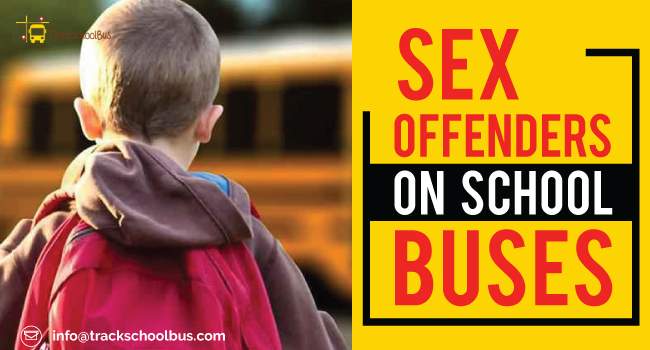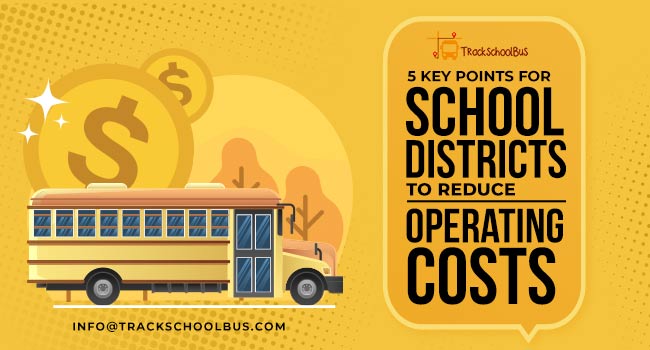School buses are considered to be the safest mode of transportation of students to and from schools. A school bus driver is the most responsible person involved in the transportation of children to school and back. He is the main interface between students, their parents and the school.
He is the main interface between students, their parents and the school.
A school bus driver is the most responsible person involved in the transportation of children to school and back. He is the main interface between students, their parents and the school.
Read Also: Why School Bus Drivers Deserve Our Respect
The advancements in technology have brought about innovations in the field of manufacture of vehicles.
Driverless autonomous vehicles are being tested by leading vehicle manufacturers, whether it would be practical to use these buses to transit children needs to be assessed.
AN OVERVIEW
A school bus driver is responsible for the safe transportation of students. His duties are not merely confined to that of driving alone. He is in charge of the students during the time they are on the bus.
He picks the students from pre-designated stops at fixed timings. Any delay in the schedule is intimated to the parents. Traffic jams, accidents and other disruptions on the school bus route are informed to the school.
The school bus driver’s role as a communicator is of utmost importance. The parents feel comfortable to leave their children in the hands of a reliable and able bus driver. Similarly, the school management is at ease when they are convinced that student safety is assured.
The bus driver is the most often met personnel of a school. The parents meet the driver on a daily basis and communicate with him. A smiling and friendly bus driver reaches out to the children as well as the parents.
The students on the bus tend to fight and bully each other. It is the bus driver who resolves these minor skirmishes. Any major fight or quarrel is reported to the school authorities. It is the school bus driver’s duty to ensure discipline and safety on the bus. He has to see that no injury is caused.
PROS
Technology and automation have resulted in the production of driverless buses. Driverless buses, as the name suggests, helps in doing away with drivers.
Driverless buses are a boon when school bus drivers are in shortage. As such, the system does not seem to need human drivers any more.
Recruitment and hiring of drivers can be a gargantuan task involving high expenditures. Autonomous buses will reduce the costs and the several constraints in hiring drivers.
The need for staff, both supervisorial and managerial staff to manage the drivers and the human resources staff to recruit them, is minimal. A decrease in personnel means drastic reductions in operating costs.
Autonomous vehicles are considered safer. Driverless vehicles are not likely to engage in risky driving. Driver inattention or the driver’s lack of knowledge of the rules is not relevant. The vehicles obey traffic rules and travel at a steady speed.
The numerous sensors, cameras and radars on the autonomous vehicles detect traffic lights, recognize obstacles and brakes autonomously. When the bus approaches the stops, the doors are opened and closed automatically.
The cameras scan the road and the radars monitor the traffic ahead. The data generated drives the bus on an exacting and precise route.
Autonomous buses are efficient in routing and scheduling school bus trips. They follow set routes scheduled to be covered in fixed times. It is easy to change the routes if required.
The wear and tear of an autonomous vehicle is less than that of a human-driven vehicle due to the predictive driving style. Frequent accelerations and braking do not happen as the vehicle travels at steady speeds.
The vehicles have lower fuel consumption and lower emission rates. This reduces vehicle breakdowns and curtails maintenance expenses.
Read Also: School Bus Transportation Security – 18 Practices to Follow
The reduced expenses make it cheaper to utilize autonomous school buses, improving the mobility and the speed of operations.
The low-risk, low-speed driverless vehicle would help schools in cutting costs and improving the efficiency of their transportation system.
CONS
A shift to automated autonomous buses will eliminate the need for drivers causing huge unemployment issues in the community.
An automated driverless bus can solve mobility issues. But in areas where human interaction is required it fails.
Parents choose school buses as the means of transportation as it is considered the safest option with a responsible driver on board. A good percentage of parents are not willing to let their children ride in driverless vehicles.
Parents are at peace when knowing their child is in safe hands. Students feel comfortable when travelling with a known person. Driverless buses will not cater to these emotional needs. This human need is of importance and is of concern when not addressed.
Bus drivers who have been servicing the same route over a period of years are known to the students and parents. He is compassionate and helps students when in distress. The driver is a figure they look up to as role models. Drivers, in many cases, are even treated as part of the family.
Special needs children need to be assisted into the bus. The school bus driver is trained to help them. The needs of special children cannot be met by an autonomous vehicle.
An adult authority on a school bus becomes necessary to maintain discipline and safety on board. Problems like fights and quarrels between students have to be addressed before it escalates to violence.
In cases of emergency, like a fire, an adult on the bus will help in guiding the children into safety. When breakdowns and accident occurs mid-way to school, the students on the bus have to be transferred to a safer transport while still on the road.
It is the school bus driver that assists the students in these emergencies. An autonomous vehicle with no driver will lead to disastrous results in such cases.
A school bus driver keeps watching the students on the bus. If he finds a child predator, which has inadvertently entered the bus, he can inform the police and all authorities concerned to safeguard the children on the bus. In a driverless bus this aspect of safety cannot be governed.
The bus driver acts as a liaison between the students on the bus and the school. They are the first to respond to any crisis. Any untoward occurrences encountered on his route are reported immediately enabling school administration to respond quickly.
Another drawback noted in autonomous vehicles is that despite the numerous functions on board, the cleaning and vehicle inspection cannot be assigned to any software. It would be complicated to assign these functions to robotic designs and may result in inaccuracy.
RECOMMENDED USE
Autonomous buses, in a school’s context, may be used ideally when buses are required for special events.
When a breakdown occurs to a regular bus on a scheduled trip, driverless buses can be deployed in picking up the students and completing the trip. This operation will save time and inconvenience to the students.
In short, driverless buses can be used occasionally to assist and increase the efficiency of the normal bus operations.
Read Also: School Bus Drivers Health Problems And Solutions
Autonomous buses can be utilized as school buses as the cost of operation is low. But an adult on board the bus is essential to ensure the happiness of the student and the parent alike. As for the school, an aide on board the bus is necessary to maintain the discipline and safety of the students.
Though fully automated vehicles require no drivers, the need for personnel on board to assist with discipline and safety is envisaged. A school bus driver’s human touch will still be required. An autonomous vehicle can never be a match for human interaction.








